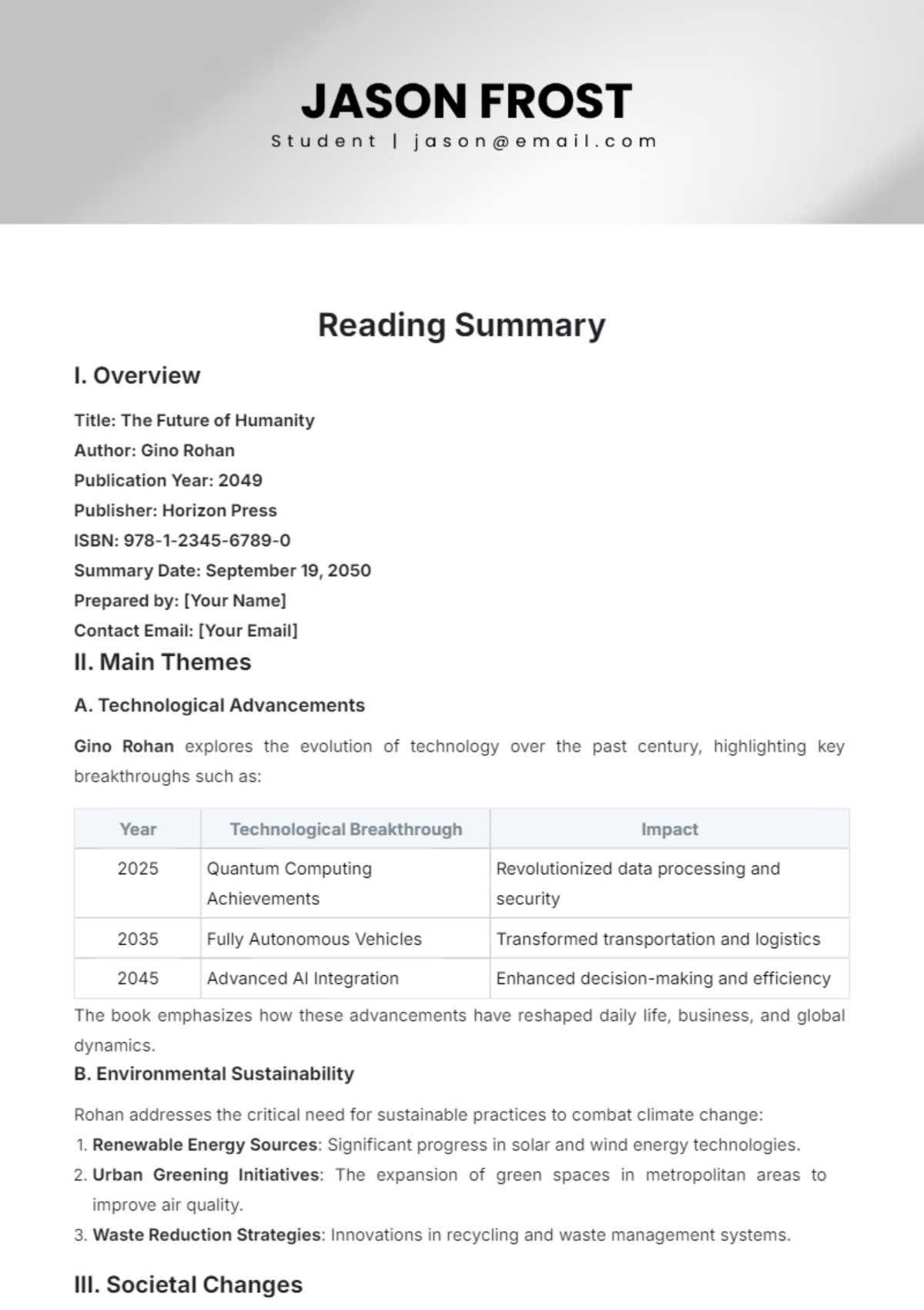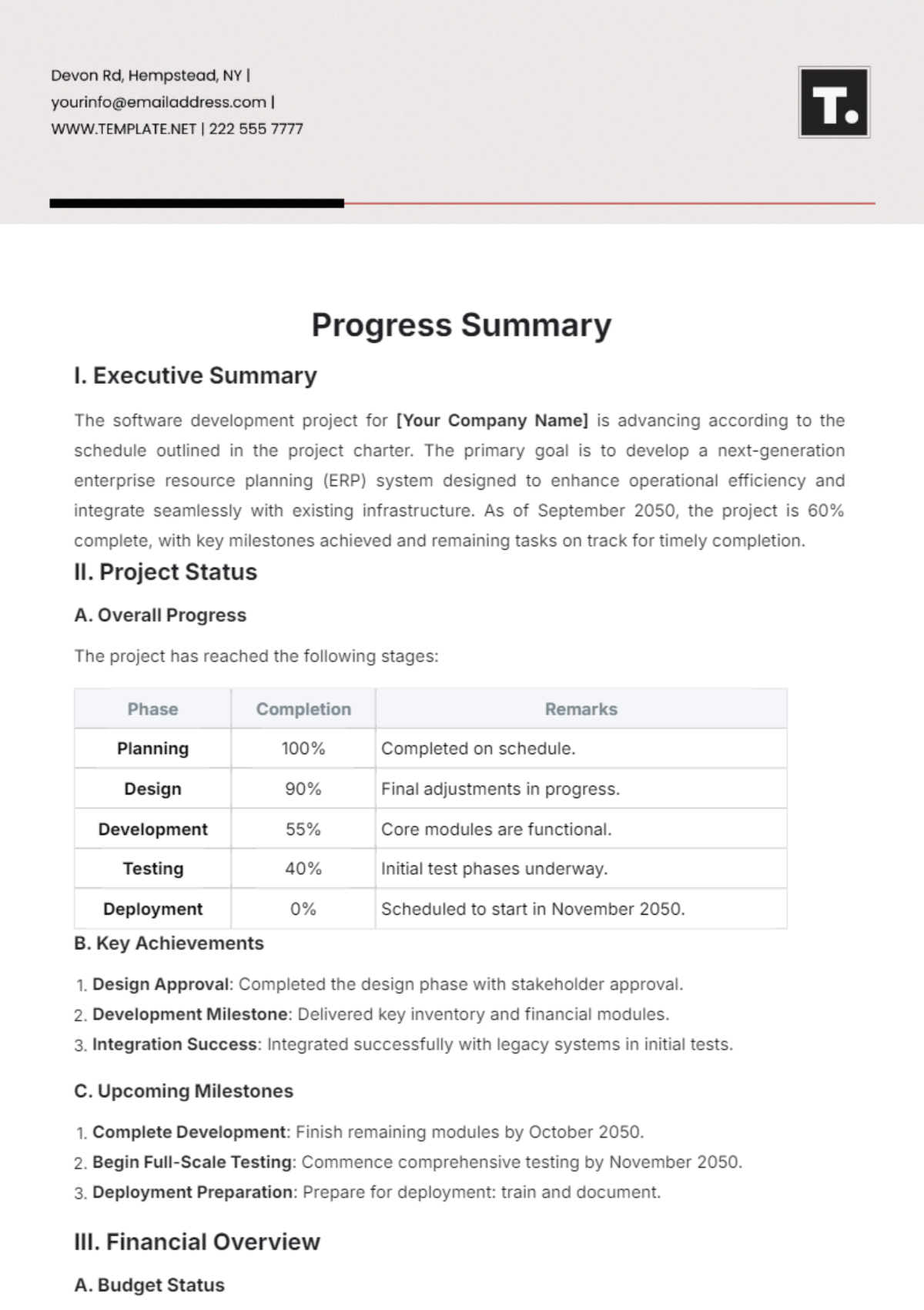Free Philippines Independence Day Summary
Summarize the essence of Philippines Independence Day with Template.net's Summary template. This editable and customizable resource offers a structured framework for condensing the historical significance and cultural celebrations of the event. Seamlessly tailor and refine your summary using our Ai Editor Tool, ensuring clarity and conciseness. Commemorate this pivotal moment in Filipino history, exclusively on Template.net.






























